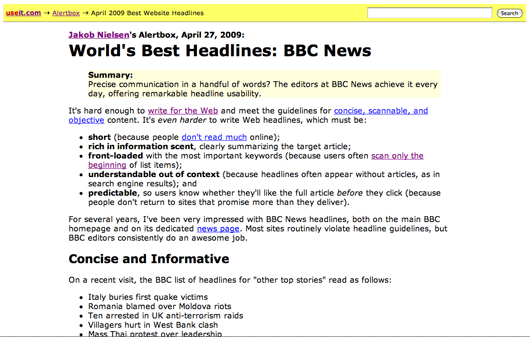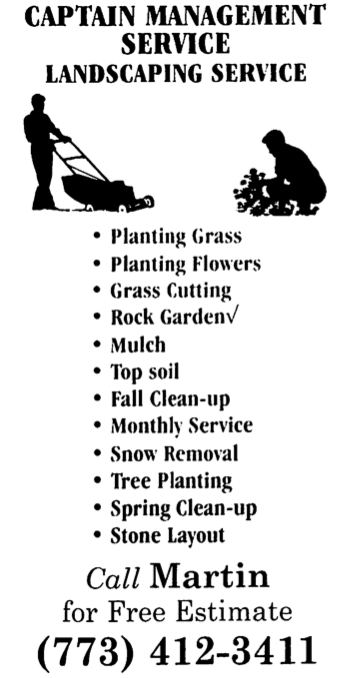How the term “trial balloon” originated: The Montgolfiere brothers came up with a design for the hot air balloon but wanted to make sure it would really work before getting in one themselves. So they first released several unmanned trial hot air balloons. Then they sent up several farm animals to make sure the air at higher levels was safe to breathe. After that, they tried a manned expedition.
It’s a smart approach. But in the business world, a lot of people think the opposite is the way to go. They want to launch big. They want a huge PR splash right away. They want the big bang.
Too bad. You don’t need a big bang – slow evolution is what you want. Unless you absolutely must “open wide,” abandon the mass introduction strategy. Instead, launch softly.
Restaurants start off by serving friends and family before they invite the media.
Movie studios use test screenings to fine tune movies. The people behind the scenes know that until you get into the test screenings and see what people really think, you just never know.
Likewise, Jerry Seinfeld and Chris Rock try out jokes in small clubs before hitting arenas.
Authors test out material by writing magazine articles, ebooks, and/or releasing chapters online. Michael Pollan started off an article in the New York Times with these words: “Eat food. Not too much. Mostly plants.” Those same words appeared as the main theme of his book “In Defense of Food: An Eater’s Manifesto,” published a year later.
You don’t have to paint a finished picture before launching. Customers can connect the dots.
Soft launching lets you tweak and revise. You get the word out there and you gauge interest. You know what works and what doesn’t.
Plus, you get to make mistakes while you’re still in the shadows. Messing up in front of a smaller crowd means you’ll be better off when the bright lights eventually do shine upon you.





